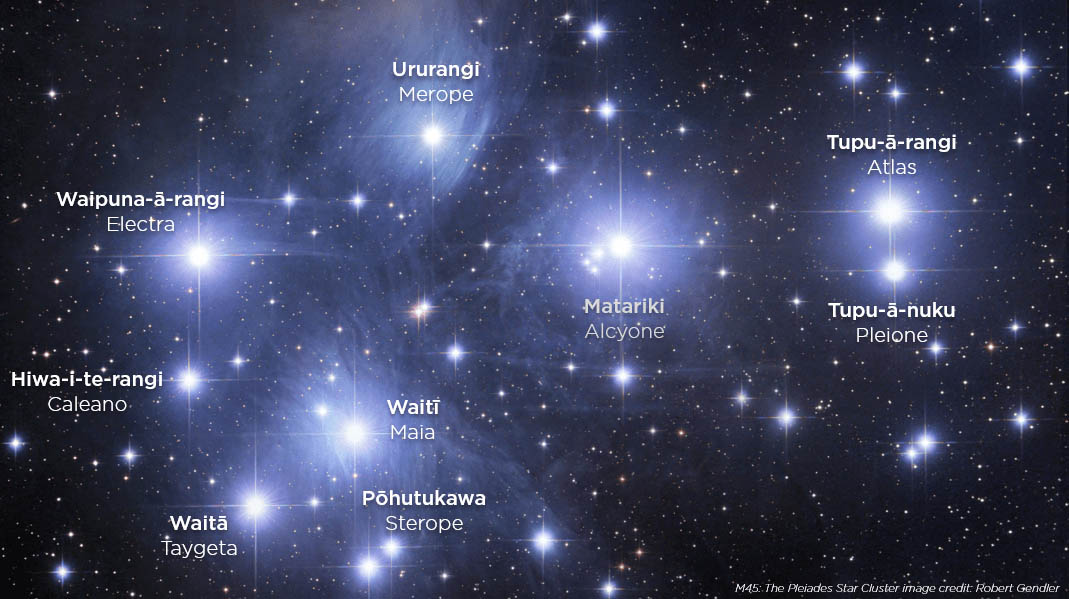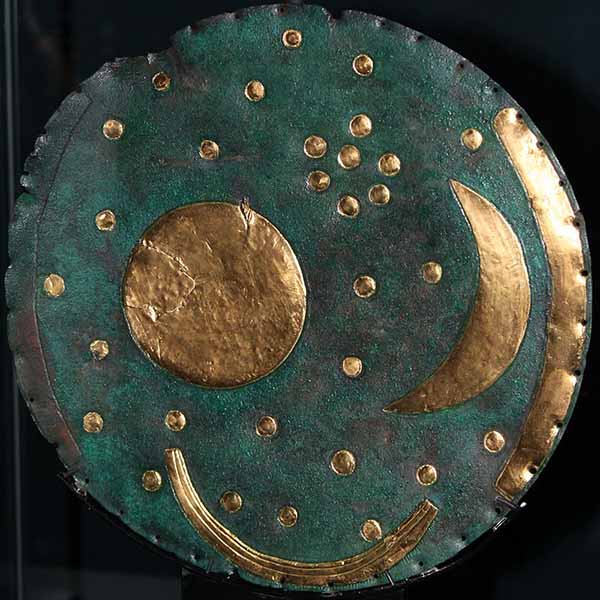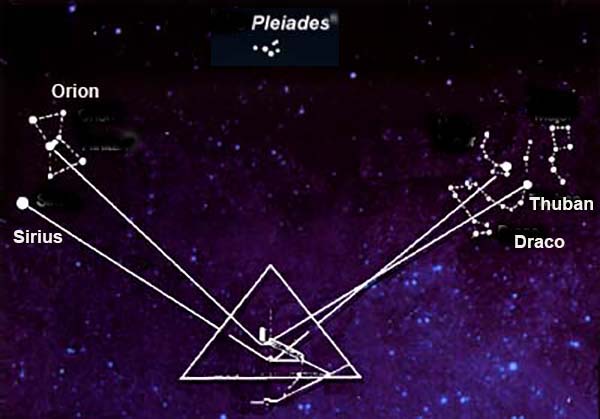



The Pleiades also known as the Seven Sisters and Messier 45, are an open star cluster containing middle-aged, hot B-type stars located in the constellation of Taurus. It is among the nearest star clusters to Earth and is the cluster most obvious to the naked eye in the night sky.
The cluster is dominated by hot blue and extremely luminous stars that have formed within the last 100 million years. Dust that forms a faint reflection nebulosity around the brightest stars was thought at first to be left over from the formation of the cluster (hence the alternative name Maia Nebula after the star Maia), but is now known to be an unrelated dust cloud in the interstellar medium, through which the stars are currently passing. Computer simulations have shown that the Pleiades were probably formed from a compact configuration that resembled the Orion Nebula. Astronomers estimate that the cluster will survive for about another 250 million years, after which it will disperse due to gravitational interactions with its galactic neighborhood.
The name of the Pleiades comes from Ancient Greek. It probably derives from plein ("to sail") because of the cluster's importance in delimiting the sailing season in the Mediterranean Sea: "the season of navigation began with their heliacal rising". However, in mythology the name was used for the Pleiades, seven divine sisters, the name supposedly deriving from that of their mother Pleione and effectively meaning "daughters of Pleione". In reality, the name of the star cluster almost certainly came first, and Pleione was invented to explain it. Read more
The high visibility of the Pleiades in the night sky has guaranteed it a special place in many cultures, both ancient and modern. The heliacal rising of Pleiades often marks important calendar points for ancient peoples.
The Pleiades are a prominent sight in winter in the Northern Hemisphere, and are easily visible out to mid-Southern latitudes. They have been known since antiquity to cultures all around the world, including the Celts, Hawaiians, Maori, Aboriginal Australians (from several traditions), the Persians, the Arabs, Chinese, the Quechua, the Japanese, the Maya, the Aztec, the Sioux, the Kiowa, and the Cherokee. In Hinduism, the Pleiades are known as Krittika and are associated with the war-god Kartikeya. They are also mentioned in the Bible. Pleiades in Folklore and Literature
Pleiades: An Ancient Human Story About The Seven Sisters May Have Survived From 100,000 BCE IFL Science - February 14, 2024
In the northern hemisphere from October to March, you can look up and see the Pleiades, also known as the Seven Sisters. The star cluster is in the constellation of Taurus, and made up of over 1,000 stars, but the brightest of the stars are hot blue luminous stars which formed around 100 million years ago.

The earliest-known depiction of the Pleiades is likely a Northern German
bronze age artifact known as the Nebra Sky Disk, dated to approximately 1600 BC.

When you research extraterrestrials you often connect with Orion and Sirius as well as the Pleiades - their myths connected to those who traveled to Earth in the ancient past sometimes leaving monuments behind as markers for their time here and possible return in the future.
These are the extraterrestrials who go by many names and have created legends along the line of ... "One day we shall return". People who "channel" aliens often say they come from these three main places.
The sacred geometry linking all of the above speaks to something greater than what we see. I call it a Simulation or Matrix.

Billy Meier and Pleiadian Contacts